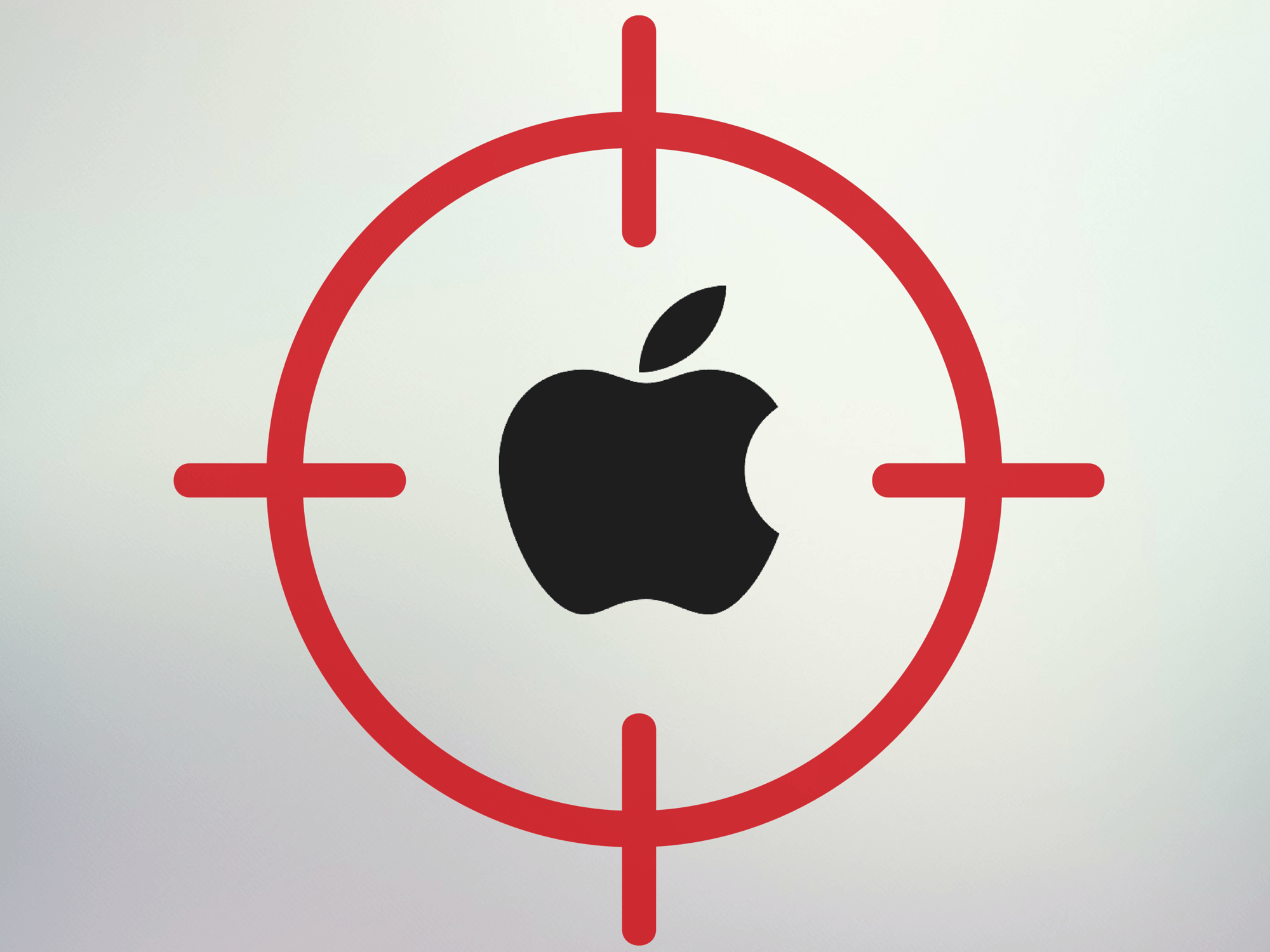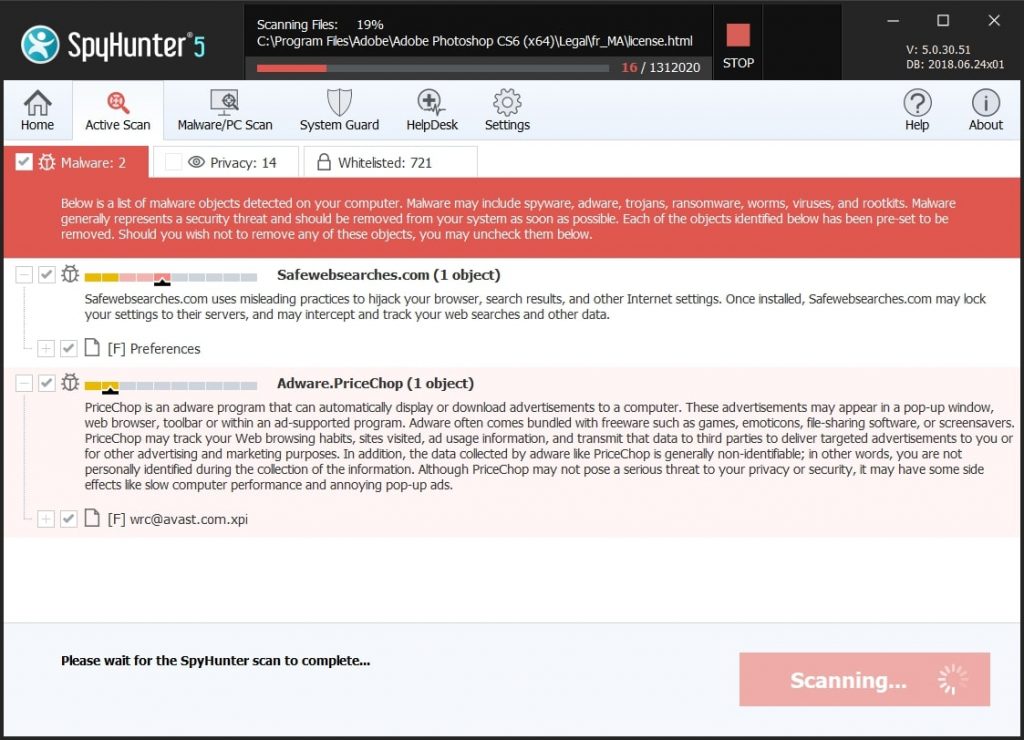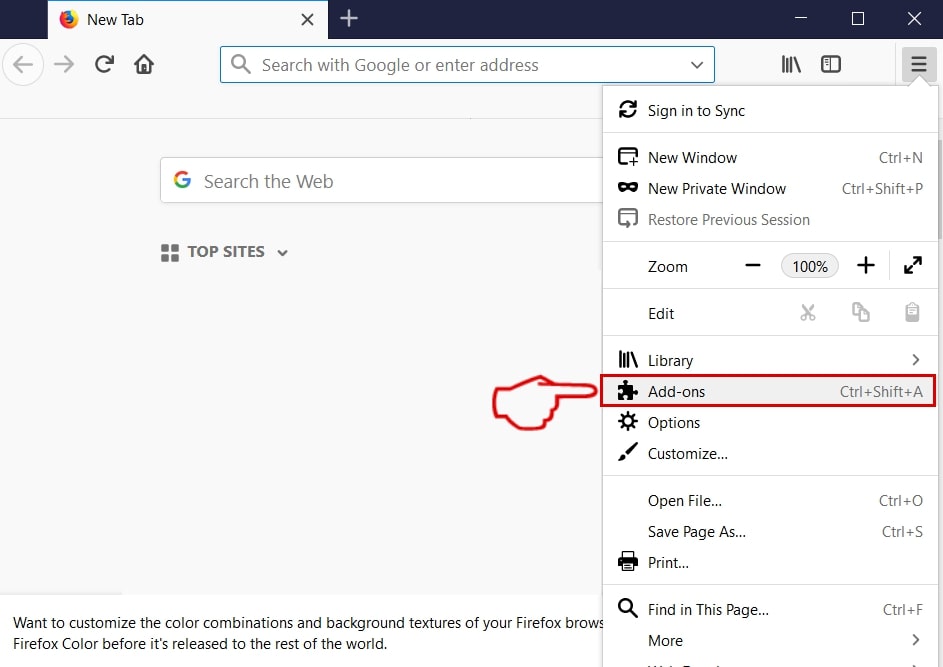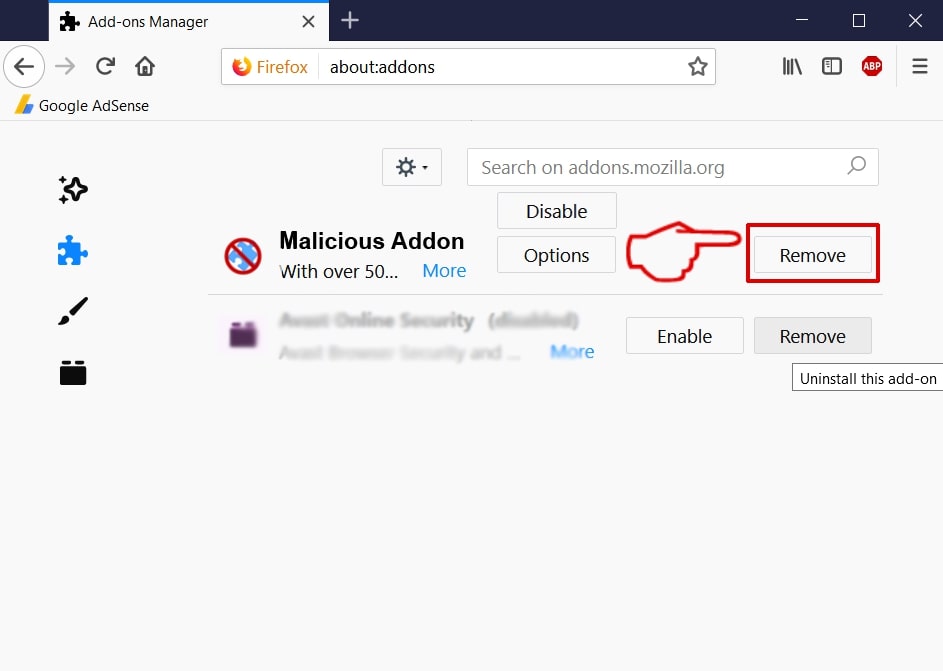This article has been created in order to give you insight on how to quickly remove the PrivateMacDeal Mac malware from your Mac effectively.
PrivateMacDeal Mac malware is a dangerous instance that targets web browsers installed on Mac computers. Infections with it can cause a variety of dangerous consequences according to the specific hacker instructions. Our article will help you to understand how the strains behave and how you can restore infected hosts.

PrivateMacDeal Summary
| Name | PrivateMacDeal Mac malware |
| Type | Mac OS malware |
| Short Description | The PrivateMacDeal Mac malware can present ads and infect the system with various viruses. |
| Symptoms | You may start seeing intrusive web ads or experience performance issues. |
| Distribution Method | Via Potentially Unwanted Apps |
| Detection Tool |
See If Your System Has Been Affected by malware
Download
Combo Cleaner
|
User Experience | Join Our Forum to Discuss PrivateMacDeal Mac malware. |
PrivateMacDeal Infection — How Did I Get It
PrivateMacDeal is a virus payload instance that has been used against Mac OS users. By itself the code may not contain dangerous elements apart from displaying ad content however there are many modified malware copies of it that can cause significant damage to the infected hosts. This article will refer to the PrivateMacDeal instances that are malicious in nature and distributed via the popular methods. At the moment there is no information about the criminals behind it — it may be an individual hacker or a dangerous criminal collective.
A popular method would be the use of SPAM messages that can contain messages that appear as being sent by a company or service that they use. They use phishing tactics by designing the messages to look like legitimate notifications, including the text contents. The malware files can be either directly attached to them or linked in the body contents.
A similar tactic often used by operators behind related malware is to construct fake download pages or landing pages that can lead the infection. They may use scripts such as banners, redirects, pop-ups and text links.
Such infections can be distributed by malicious browser plugins which are created to spread the strains. They are made compatible with the most popular web browsers and feature elaborate descriptions promising updated functionality and browser optimization.
Another proposition is the use of payload carriers that are often used to spread the strains. They can be either infected application installers or bundles that contain the virus installation code. They are made by taking the legitimate installers of popular software used by end users and creating the custom versions — creativity suites, system utilities and productivity solutions. The related malware documents delivery tactic is also used by modifying popular files: presentations, rich text documents, databases and spreadsheets. Once they are opened by the computer users a notification prompt will appear which will ask the users to enable to enable the built-in macros. This will trigger infection.
PrivateMacDeal — Full Description
The PrivateMacDeal Mac malware can have different effects depending on its exact configuration which may depend upon several conditions: the exact hacker strategy, individual computer specifications and etc. In almost all cases the victims will experience intrusive ads when using their web browsers. This is due to the fact that a popular mechanism is to infect the web browsers and manipulate their settings. Changes can be introduced to the default home page, search engine and new tabs page to redirect the users to a hacker-controlled page. A consequence of this is the ability of the hacker operators to hijack the stored information contain in them: all cookies, bookmarks, history, settings and any stored credentials.
The main symptoms are the constant generation of pop-ups, redirects and other elements that will coerce the victims into interacting with a specific site. A common reason for this is the income generation of ad networks, the criminals will receive money for each unique generated click. This can also coerce the victims into downloading a software by installing it from a remote location. Many of the ads can lead to bundle installers that contain code that can install viruses or ransomware.
The infections can lead to different system changes such as the following:
- Persistence — The PrivateMacDeal Mac malware can be installed in a special way which will automatically start the malicious engine every time the computer is powered on. This procedure may also involve the inability to run certain services that are normally part of the operating system boot up procedure.
- Settings Manipulation — Infections like the PrivateMacDeal Mac malware may change the settings of the operating system. The criminals can lock down the machines by manipulating the passwords and setting up specific locks. This can make it impossible to use the computer.
- Trojan File Deployment — Advanced infiltration campaigns can install a Trojan module which can take over control of the machines. This is done by setting up a secure connection to a hacker-controlled server. This allows the criminals to spy on the victim users, take over control of their computers and deploy other threats.
- Ransomware Installation — The PrivateMacDeal Mac malware can be used as a payload dropper for a ransomware infection. Such code uses a strong cipher which is used to encrypt target user data. The victims will then be blackmailed into paying the operators a “fee” for the files recovery. In reality this will never happen and the users will be left with a non-working computer.
- Cryptocurrency Miner — As most of the infections happen via the web browsers the malware code can also lead to the installation of a miner sample. It will take advantage of the available system resources in order to carry out calculations. When they are reported to the relevant servers digital currency will be wired to the wallets of the hackers.
If the PrivateMacDeal Mac malware is made using a modular framework then during the operations a data harvesting engine can be called. It will start to hijack data that can optimize the campaigns by looking out for information about the hardware components, specific user settings and system conditions.
The other information that is gathered by the component is data that can expose the victims. It looks for strings such as their name, address, location, interests and any stored credentials.
Remove PrivateMacDeal Infection from Your Mac
If you believe that these redirects being systematic are caused by an unwanted program, then you should immediately take actions towards removing it. One such action that you can try is to follow the removal instructions underneath this article. They have been created with the clear purpose to help you delete any unwanted programs that may be associated with this app. If you fail to remove this app manually, you can also do so automatically by downloading and running a scan with an advanced malware cleaner. Such program aims to scan for and remove any unwanted programs and also tries to ensure future protection against such PUP and malware.
Steps to Prepare Before Removal:
Before starting to follow the steps below, be advised that you should first do the following preparations:
- Backup your files in case the worst happens.
- Make sure to have a device with these instructions on standy.
- Arm yourself with patience.
- 1. Scan for Mac Malware
- 2. Uninstall Risky Apps
- 3. Clean Your Browsers
Step 1: Scan for and remove PrivateMacDeal Mac malware files from your Mac
When you are facing problems on your Mac as a result of unwanted scripts and programs such as PrivateMacDeal Mac malware, the recommended way of eliminating the threat is by using an anti-malware program. SpyHunter for Mac offers advanced security features along with other modules that will improve your Mac’s security and protect it in the future.

Quick and Easy Mac Malware Video Removal Guide
Bonus Step: How to Make Your Mac Run Faster?
Mac machines maintain probably the fastest operating system out there. Still, Macs do become slow and sluggish sometimes. The video guide below examines all of the possible problems that may lead to your Mac being slower than usual as well as all of the steps that can help you to speed up your Mac.
Step 2: Uninstall PrivateMacDeal Mac malware and remove related files and objects
1. Hit the ⇧+⌘+U keys to open Utilities. Another way is to click on “Go” and then click “Utilities”, like the image below shows:

2. Find Activity Monitor and double-click it:

3. In the Activity Monitor look for any suspicious processes, belonging or related to PrivateMacDeal Mac malware:


4. Click on the "Go" button again, but this time select Applications. Another way is with the ⇧+⌘+A buttons.
5. In the Applications menu, look for any suspicious app or an app with a name, similar or identical to PrivateMacDeal Mac malware. If you find it, right-click on the app and select “Move to Trash”.

6. Select Accounts, after which click on the Login Items preference. Your Mac will then show you a list of items that start automatically when you log in. Look for any suspicious apps identical or similar to PrivateMacDeal Mac malware. Check the app you want to stop from running automatically and then select on the Minus (“-“) icon to hide it.
7. Remove any leftover files that might be related to this threat manually by following the sub-steps below:
- Go to Finder.
- In the search bar type the name of the app that you want to remove.
- Above the search bar change the two drop down menus to “System Files” and “Are Included” so that you can see all of the files associated with the application you want to remove. Bear in mind that some of the files may not be related to the app so be very careful which files you delete.
- If all of the files are related, hold the ⌘+A buttons to select them and then drive them to “Trash”.
In case you cannot remove PrivateMacDeal Mac malware via Step 1 above:
In case you cannot find the virus files and objects in your Applications or other places we have shown above, you can manually look for them in the Libraries of your Mac. But before doing this, please read the disclaimer below:
1. Click on "Go" and Then "Go to Folder" as shown underneath:

2. Type in "/Library/LauchAgents/" and click Ok:

3. Delete all of the virus files that have similar or the same name as PrivateMacDeal Mac malware. If you believe there is no such file, do not delete anything.

You can repeat the same procedure with the following other Library directories:
→ ~/Library/LaunchAgents
/Library/LaunchDaemons
Tip: ~ is there on purpose, because it leads to more LaunchAgents.
Step 3: Remove PrivateMacDeal Mac malware – related extensions from Safari / Chrome / Firefox









PrivateMacDeal Mac malware-FAQ
What is PrivateMacDeal Mac malware on your Mac?
The PrivateMacDeal Mac malware threat is probably a potentially unwanted app. There is also a chance it could be related to Mac malware. If so, such apps tend to slow your Mac down significantly and display advertisements. They could also use cookies and other trackers to obtain browsing information from the installed web browsers on your Mac.
Can Macs Get Viruses?
Yes. As much as any other device, Apple computers do get malware. Apple devices may not be a frequent target by malware authors, but rest assured that almost all of the Apple devices can become infected with a threat.
What Types of Mac Threats Are There?
According to most malware researchers and cyber-security experts, the types of threats that can currently infect your Mac can be rogue antivirus programs, adware or hijackers (PUPs), Trojan horses, ransomware and crypto-miner malware.
What To Do If I Have a Mac Virus, Like PrivateMacDeal Mac malware?
Do not panic! You can easily get rid of most Mac threats by firstly isolating them and then removing them. One recommended way to do that is by using a reputable malware removal software that can take care of the removal automatically for you.
There are many Mac anti-malware apps out there that you can choose from. SpyHunter for Mac is one of the reccomended Mac anti-malware apps, that can scan for free and detect any viruses. This saves time for manual removal that you would otherwise have to do.
How to Secure My Data from PrivateMacDeal Mac malware?
With few simple actions. First and foremost, it is imperative that you follow these steps:
Step 1: Find a safe computer and connect it to another network, not the one that your Mac was infected in.
Step 2: Change all of your passwords, starting from your e-mail passwords.
Step 3: Enable two-factor authentication for protection of your important accounts.
Step 4: Call your bank to change your credit card details (secret code, etc.) if you have saved your credit card for online shopping or have done online activiites with your card.
Step 5: Make sure to call your ISP (Internet provider or carrier) and ask them to change your IP address.
Step 6: Change your Wi-Fi password.
Step 7: (Optional): Make sure to scan all of the devices connected to your network for viruses and repeat these steps for them if they are affected.
Step 8: Install anti-malware software with real-time protection on every device you have.
Step 9: Try not to download software from sites you know nothing about and stay away from low-reputation websites in general.
If you follow these reccomendations, your network and Apple devices will become significantly more safe against any threats or information invasive software and be virus free and protected in the future too.
More tips you can find on our MacOS Virus section, where you can also ask any questions and comment about your Mac problems.
About the PrivateMacDeal Mac malware Research
The content we publish on SensorsTechForum.com, this PrivateMacDeal Mac malware how-to removal guide included, is the outcome of extensive research, hard work and our team’s devotion to help you remove the specific macOS issue.
How did we conduct the research on PrivateMacDeal Mac malware?
Please note that our research is based on an independent investigation. We are in contact with independent security researchers, thanks to which we receive daily updates on the latest malware definitions, including the various types of Mac threats, especially adware and potentially unwanted apps (PUAs).
Furthermore, the research behind the PrivateMacDeal Mac malware threat is backed with VirusTotal.
To better understand the threat posed by Mac malware, please refer to the following articles which provide knowledgeable details.













